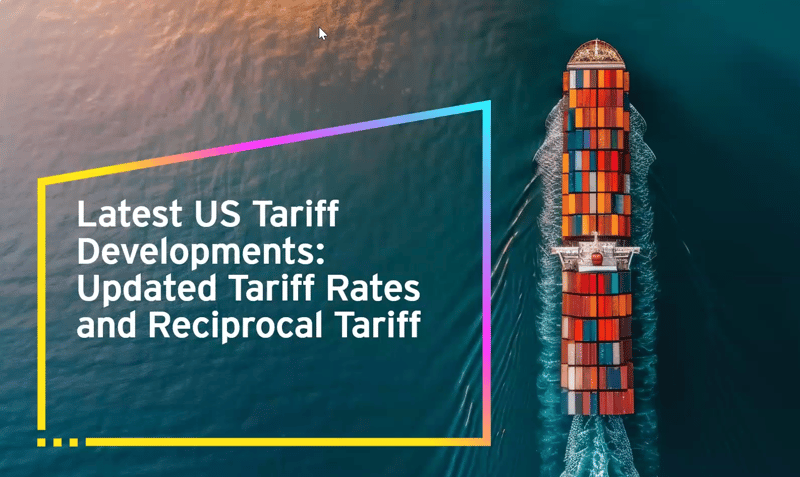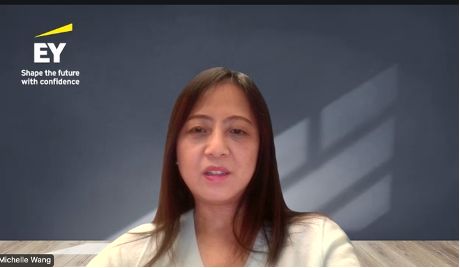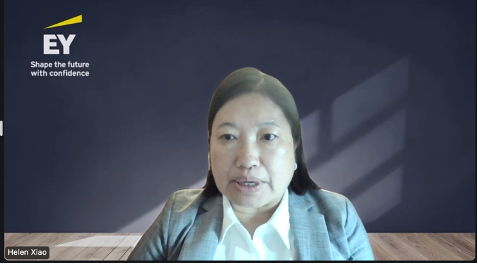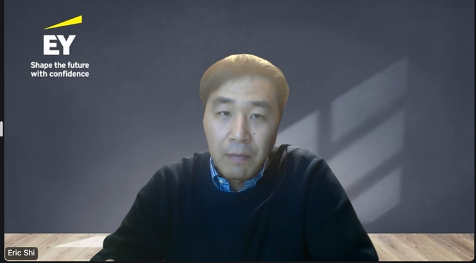
On April 10th, 2025, more than 600 participants from across the U.S. and China joined an informative webinar titled “Latest U.S. Tariff Developments: Updated Tariff Rates and Reciprocal Tariffs.”
Co-hosted by CGCC and EY, the session provided timely insights into the most recent tariff updates introduced by the Trump administration.



KEY TAKEAWAYS FROM THE EVENT (Courtesy of the EY Team)
Partial pause - President Trump's Reciprocal Tariff Policy
A 10% tariff is imposed on all imports into the United States, effective April 5, excluding North American imports and certain sectoral goods. Additionally, a 125% tariff rate on imports from China is added to previously enacted duties. Furthermore, higher per-country tariffs on specific trading partners have been paused for 90 days starting April 10 in response to unbalanced trade concerns.
Imports from Canada and Mexico are exempt from the tariff regime announced on April 2 and updated on April 9; however, goods that do not qualify under the USMCA remain subject to 25% tariffs, with a 10% tariff applied to Canadian energy and potash. Additionally, certain sectoral goods, including steel, aluminum, and autos, are exempt from the tariffs announced on April 2, as are goods currently under ongoing Section 232 investigations, such as timber, lumber, and copper. Pharmaceuticals, semiconductors, critical minerals, and specific energy goods are also exempt but may face trade investigations and potential new tariffs in the future.
Short-Term Actions
1. Supplier or Product Substitution: Identify alternative suppliers or products to mitigate tariff impacts.
2. Adjust Product Flow Paths: Modify logistics and distribution routes to optimize costs.
3. Customs Value Planning: Implement strategies for customs valuation to minimize duties.
4. Negotiate Pricing: Engage in discussions with suppliers and customers to adjust pricing structures.
5. Realign Risks: Reassess intercompany agreements to better manage risks associated with tariffs.
Long-Term Strategies
1. Re-engineer Products/BOM: Redesign products and bill of materials to reduce costs and enhance efficiency.
2. Adjust Manufacturing Footprints: Consider onshore or nearshore manufacturing to improve supply chain resilience.
3. Modify Operating Models: Establish centers of excellence in cost-efficient locations to streamline operations.
4. Exit Unsustainable Markets: Selectively withdraw from markets that are no longer viable.
5. Explore Strategic Partnerships: Seek collaborations that can enhance capabilities and reduce risks.
In addition to presentations, the event included an introduction of CGCC's Annual Business Survey on Chinese Enterprises in the U.S by Abby Li, Director of Corporate Communication and Research at CGCC.
The event was emceed by Hallie Carmen, Senior Marketing Manager at CGCC.
If you would like to discuss these topics or have any specific questions, kindly contact Michelle Wang at michelle.wang@ey.com.
If you are interested in viewing the webinar recording, kindly contact Hallie Carmen at hallie.carmen@cgccusa.org.
About CGCC
Founded in 2005, China General Chamber of Commerce – USA (“CGCC”) has been recognized as the largest and most impactful non-profit organization representing Chinese enterprises in the U.S. As an independent, non-partisan, non-governmental chamber of commerce, CGCC provides a broad range of programs, services, and resources to about a thousand American and Chinese companies across the U.S., with a mission to create value, generate economic growth, and enhance cooperation between the U.S. and Chinese business communities.